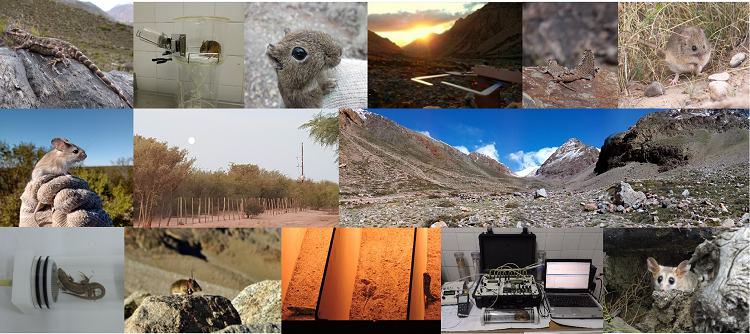Integrative Wildlife Ecology

Our research aims to understand the relationships established between animals and their environment, considering environmental variability as a determining factor of biological adaptation. With this perspective, we study the sensitivity of different traits to the spatio-temporal variation of specific environmental factors. We approach biological diversity from its different levels of organization, as a source of versatility of organisms that contributes to the resilience of populations and communities. Thus, in order to elucidate how dryland animals respond to environmental challenges, we use an integrative approach: we study the behavior, physiology, anatomy, ecology, and life history of different species in terms of their contribution to performance and biological success of populations, under contexts of change. To estimate organisms’ vulnerability to change, our research is framed in a conceptual model that aims to determine causal and direct relationships between different environmental disturbances and different aspects of the biology of organisms.
Goals:
1- Study the behavior, physiology, anatomy, ecology and life history of different species to elucidate how animals in arid zones respond to environmental challenges.
2- Estimate organism’s vulnerability to change by establishing causal and direct relationships between environmental disturbances and different aspects of their biology.
